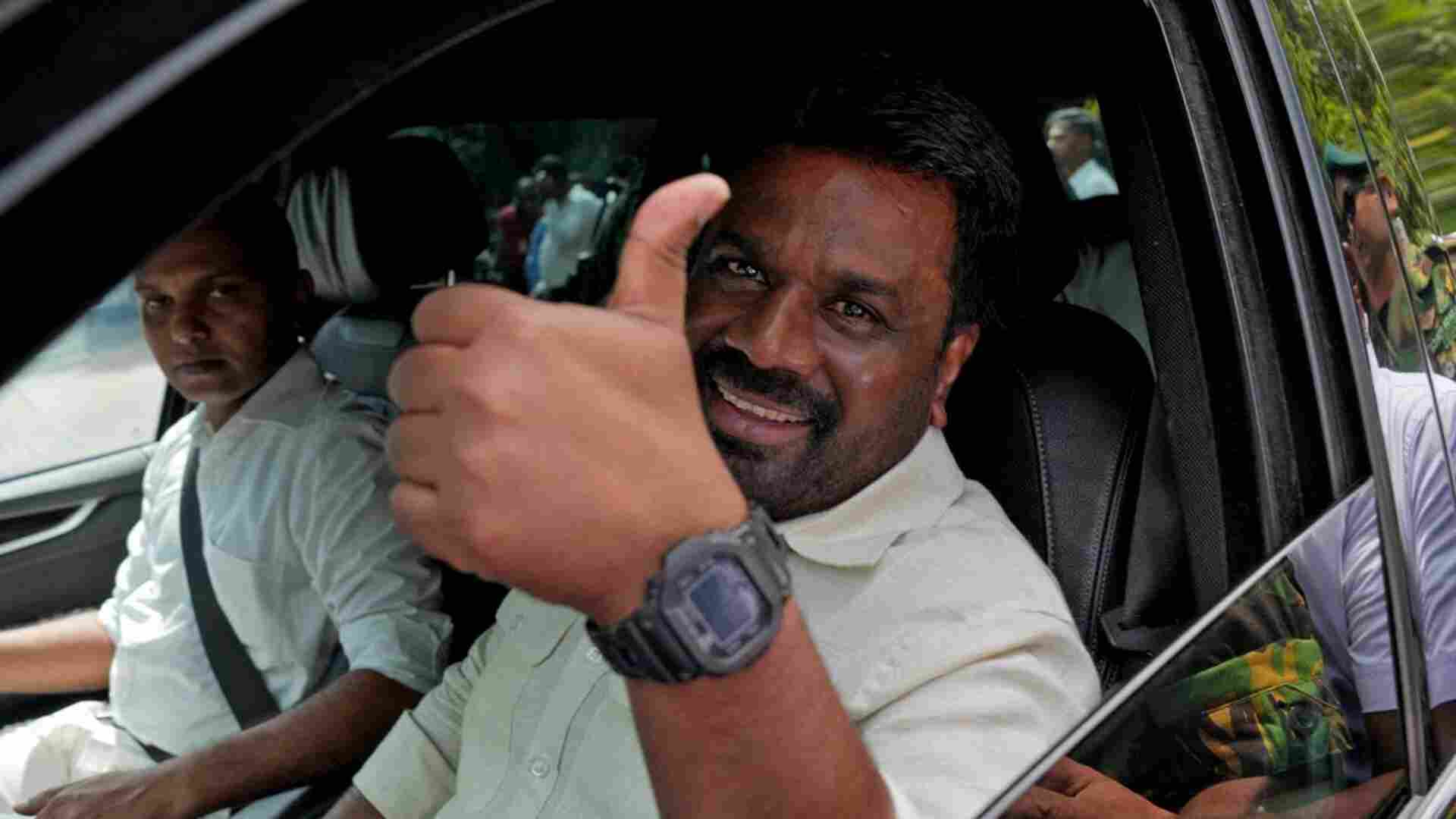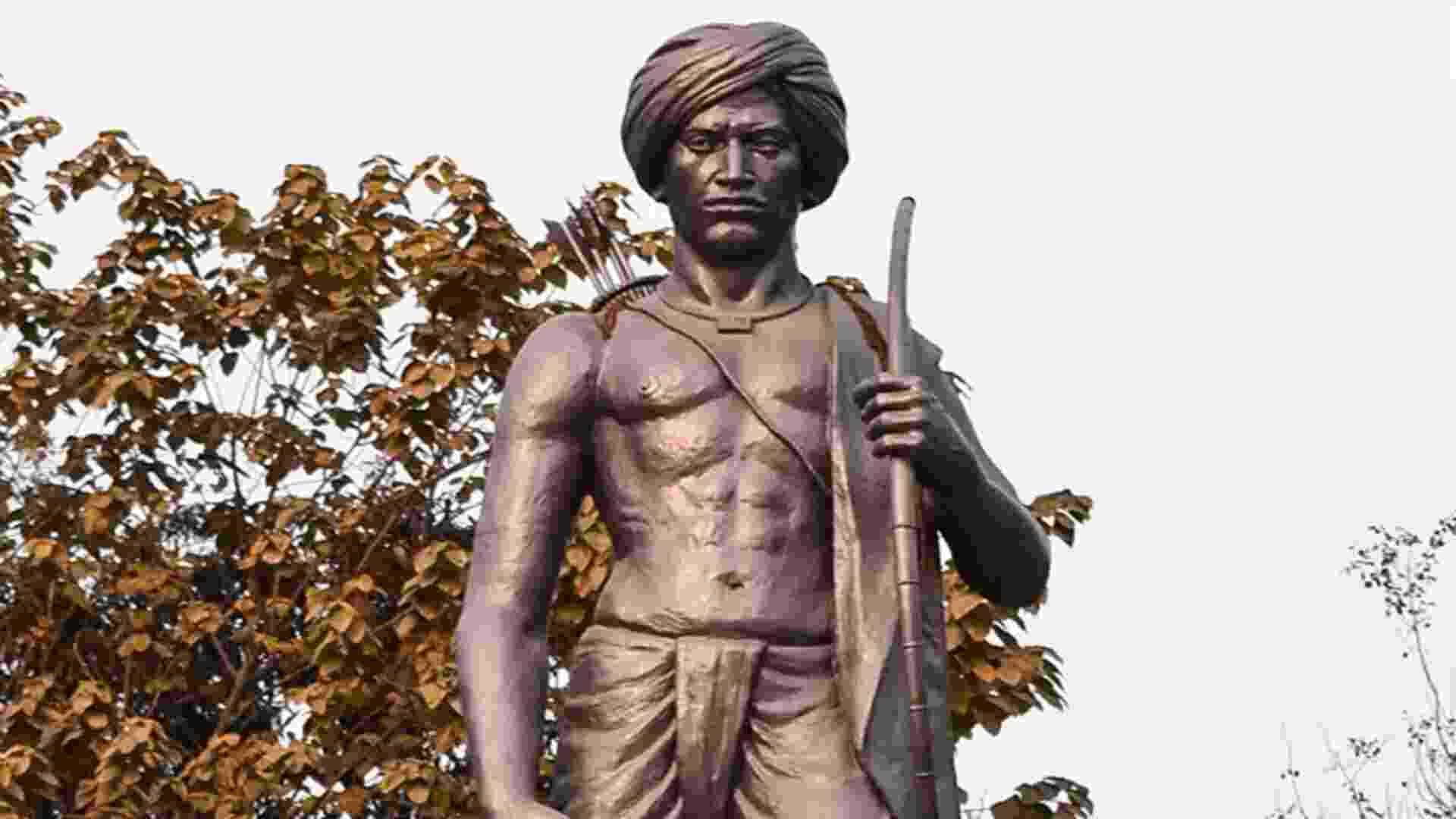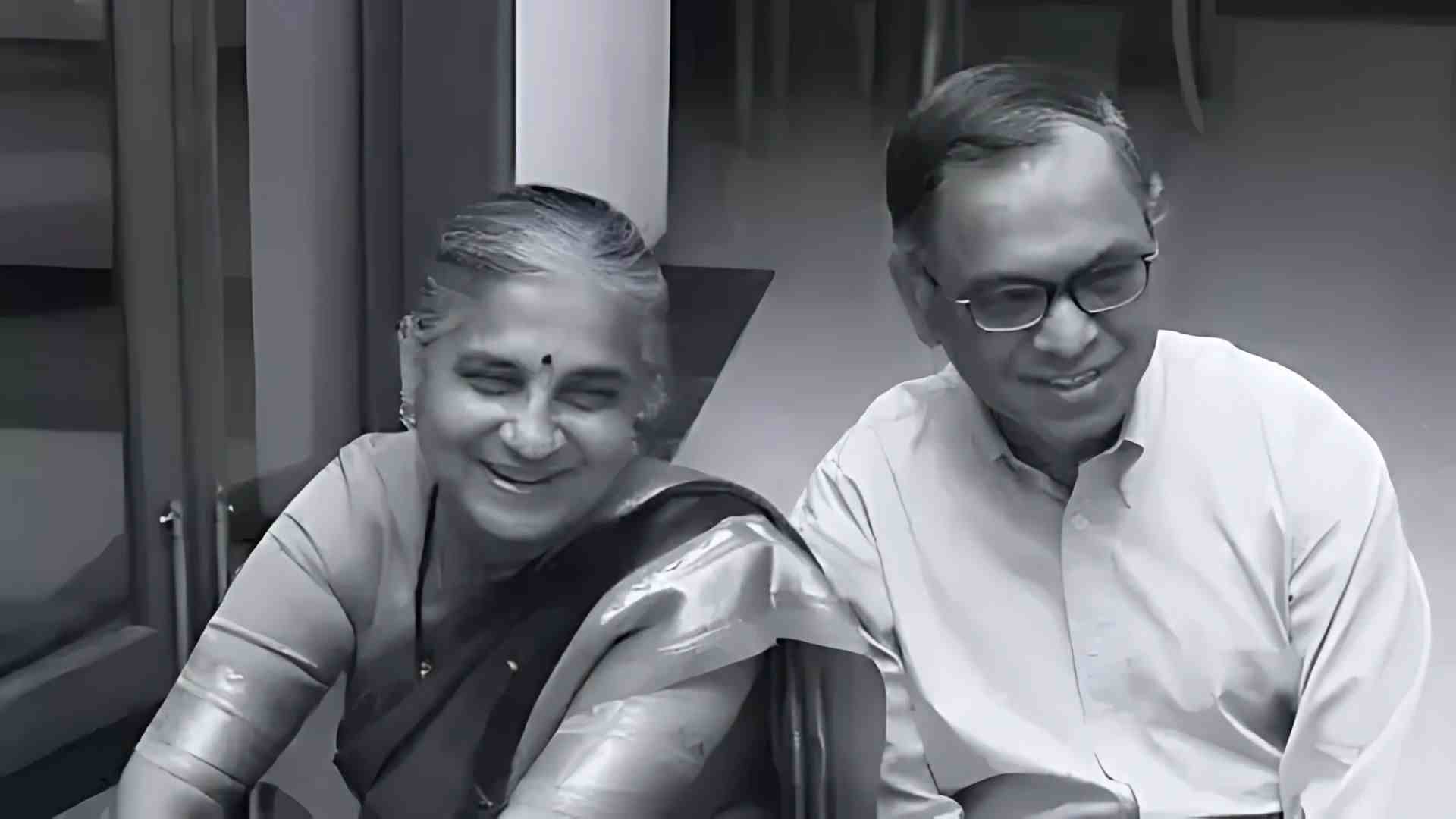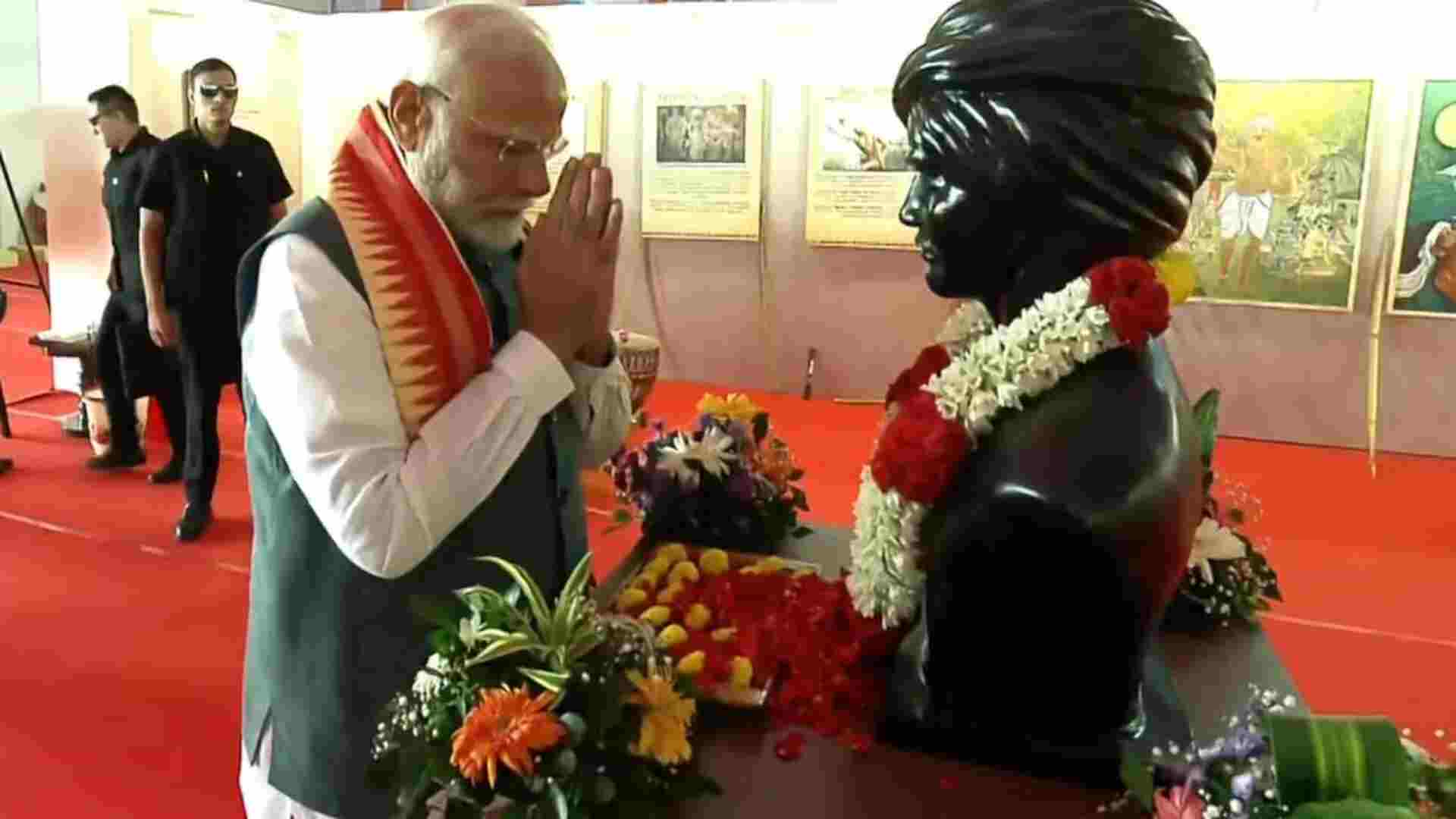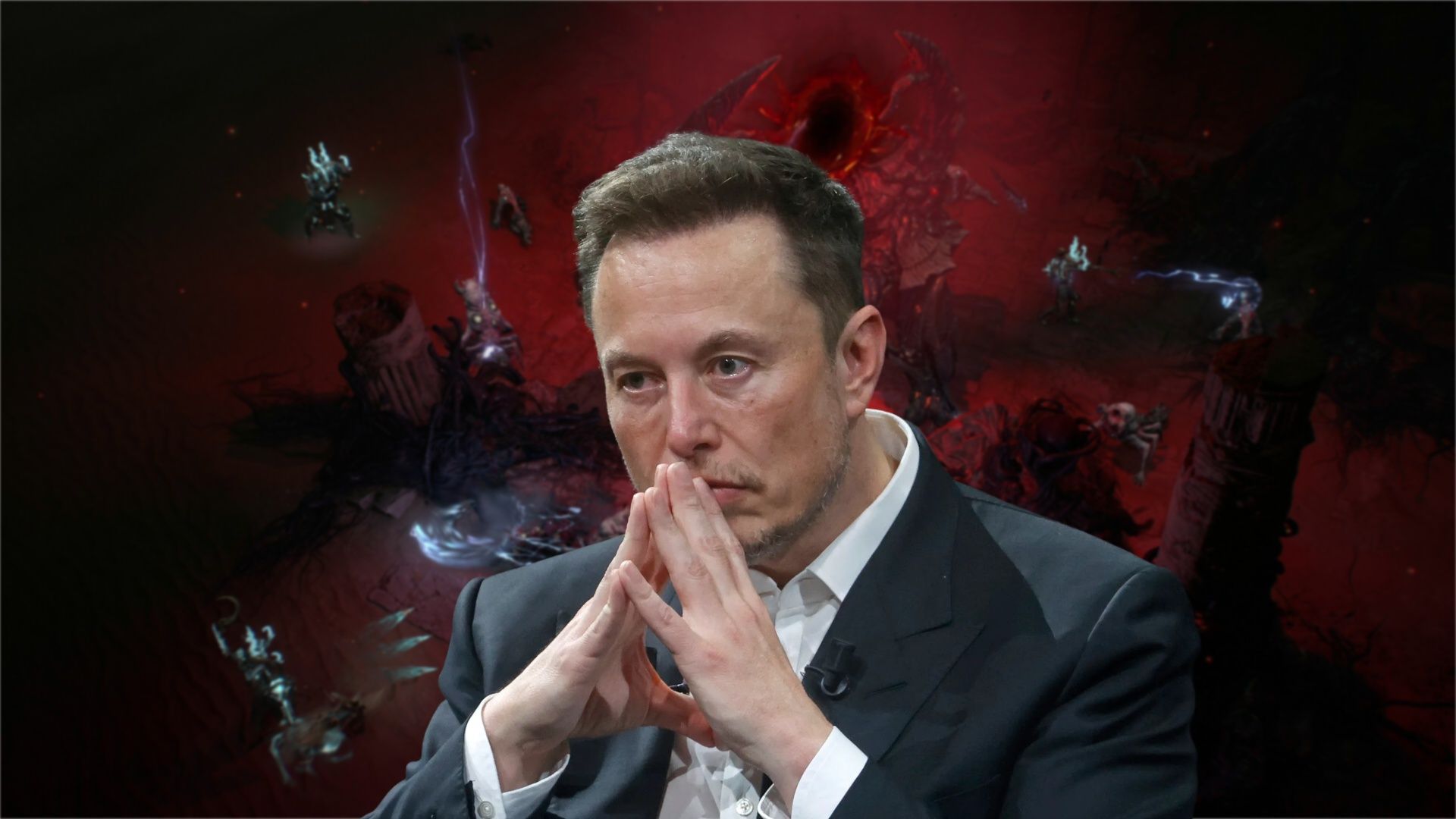
Recently a news article published somewhere in obscure corners of newspapers read, “With no computer or smartphone, 16-yearold student commits suicide after failing to attend online classes.” The only smartphone available in this home was apparently broken and could not be repaired in the lockdown situation. On the other hand, many kids have the privilege of learning using tablets, customised to their needs and abilities, being provided by online learning platform companies.
This is quite ironic given that there is a wide belief that the Internet has bridged the information gap and created an even society enabling information symmetry. The disturbing aspect is that this might only be the beginning of discrimination for such kids. This also uncovers a major flaw in the methods through which modern technologies are being implemented indiscriminately without sparing a thought about likely collateral damages. In her book, Weapons of Math Destruction, Cathy O’Neil, an American mathematician, explains how the algorithms used for shortlisting of applicants for admissions to the US universities are being manipulated by the thriving industry of tutors and coaches to tailor the applications to suit these algorithms. At the receiving end are deserving students who cannot afford coaching or tailor-made applications.
The latest survey on the Household Social Consumption on Education in India during 2017-18, released by the National Statistical Organisation (NSO) in July 2020, conveys that the average expenditure per student at secondary level in a government school is Rs 4,078 as compared to Rs 20,804 in private unaided schools. In all, 77% of the students studying in the government institutions are receiving free education, while only 2% in rural areas and 1% in urban areas, studying in private unaided schools, are receiving free education. As per the numbers, most of the students studying in government schools are coming from the lower strata of society with limited capacity to spend on education. The issue of affordability of education is more important for urban poor. As per the NSO report, in rural areas the major reason for neverenrolment for persons of age between 3 and 35 years was “not interested in education” while in urban areas, the reason was “financial constraints”. Further, nearly 4% of rural households and 23% of urban households possessed a personal computer. Nearly 24%of the households in the country had Internet access in the survey year. The proportions were 15% among rural households and 42% among urban households. Remember, Internet access doesn’t mean Internet affordability. Households in the vicinity of a five-star hotel might have easy access to it but not necessarily the affordability to enjoy a dinner in its up-class restaurant. So, in case of technology implementation on a wider scale, accessibility is not the only constraint but affordability is equally important. This also not to be ignored that, in order to make the education affordable in an off-line mode, various supports in the form of free books, school bags etc, are given to the students.
Now, in case, all these students are subjected to online education, which requires at least one smart terminal device and an Internet connection of decent quality, then this will become a typical case of having a hammer and treating everything as a nail head. The complication in this entire affair is that this will no more remain a case of students at government schools versus private schools. It has potential to create layers within a school where some students can afford a laptop or phone while others cannot. Please spare a thought about the students from Economically Weaker Sections who got admitted in private schools under the Right to Education.
Through the document ‘Pragyata’, the Ministry of Human Resource Development has issued guidelines for digital education. The ministry recommends use of both synchronous and asynchronous modes of digital students based on the availability of end user devices with different segments. Synchronous mode is real-time Internet-based online classes, while asynchronous modes are defined as radio, TV, emails, SMS, MMS, podcasts. Now, the question which arises is: As the availability of user devices depends on the financial capabilities of the households, can the students of the same class be segregated between synchronous and asynchronous modes?
This issue of the Internet being the perpetuator of disparity, which is coming into light in the domain of education due to this forced lockdown during this pandemic, is just a fig leaf. The bigger issue is related to the way new technologies are being implemented seemingly without enough thought, resulting in more exclusions than inclusions. Social media is a glaring example of the same. People on social media platforms tend to interact with others who have the same belief systems. They form groups to troll and abuse people who have different views or beliefs. Society is more divided on such platforms than in real sense. The gender bias of the Internet is captured by Jarett Kobek in his book, I Hate the Internet. He mentions, “Women must develop their own Internet! They must group together and engineer a new, gynocentric Internet and they must exclude all the stupid assumptions of men in its implementation and design.” So, the bigger issue is the loss of human angle in the implementation of new technologies.
Now compare this with the other technological developments which have taken place in earlier centuries. One of them happened in the transportation sector. Right from the days of ‘ferries’ in ancient times to 17th century ‘Omni Bus’ of Paris founded by Blaise Pascal, and 19th century ‘Horse Drawn Railways’ to the latest development of ‘electric buses’, the development in public transport marched shoulder-to-shoulder with developments in the area of private transport. Multiple options are available in the last miles for connecting nodes to hubs. In case of the classic example of urban metro rail systems in India, multiple last-mile options are available based on affordability. Right from the cheapest option of walking to the station to cycle rickshaw, electrical rickshaw and the option of parking one’s own car in the parking area, anyone and everyone has options of their own affordability capacity and choice. And in case the Metro itself is not affordable, the option of taking a bus or auto-rickshaw is always available. The same people-centric approach led to the establishment of Public Call Offices (PCOs) and made telecom services accessible to the commoners and resulted in the telecom boom in the country.
So, what is the difference? The difference is the people-centric approach and planning, keeping in view the entire potential user base, which is not guided solely by profit motives forcing only limited options on the people. It is worthwhile to highlight that solutions coming out of the people-centric planning do not become an end in themselves but become a catalyst to create many dependent and semi-dependent ecosystems. For example, better transportation facilities enabled creation of sub-cities providing affordable housing to the masses having means of earnings in metro cities. PCOs became enablers of a self-sustained ecosystem of entrepreneurs who later diversified into other ventures.
What then is the solution? At a broader level, the solution comes from Brad Smith, the president of Microsoft. In his book, Tools & Weapons, he recommends that the creator of future technologies should not only come from disciplines such as computers and data sciences but also from social and natural sciences and humanities. He mentions that the technology sector has not been an even place for women and minorities to build a career. An exclusive group of techies cannot generate inclusive ideas.
Coming back to the present issue of discriminatory nature of online education, the approach of one size fits all, shall have to be dumped. We cannot wait till Internet and end user terminals become available to all. Based on the parameter of accessibility and affordability, proper segmentation at micro level may be done. This can result in identification of clusters of schools, villages, blocks or districts having the same level of affordability and accessibility of technology. Based on this, various synchronous and asynchronous modes of instructions enlisted in ‘Pragyata’ and other available solutions can be applied for target segments. In remote rural and semi-urban areas, Community Radios can be used for parting classroom sessions. Local schools can collaborate to schedule combined sessions for all students of the same class. Philanthropy can also play a big role. Like books, refurbished smartphones and laptops with limited functionalities and bundled Internet can be given to the students. A user, on an average, changes smartphone every 18 to 24 months. Our homes are full of unused smartphones of previous versions and generations. Many NGOs take old clothes and household articles for distribution to the needy. These unused smartphones can be made part of those articles.
At the end, the solutions will come from the place where India is most ripe with innovative ideas, the grassroots. As was the case in another interesting news item recently. It was about a teacher in Dumka of Jharkhand using loudspeakers to teach his 200 students who did not have access to Internet and smartphones but had a willingness to attend classes during the lockdown.
The author is a former Indian Telecom Service officer, currently with Government e-Marketplace. The views expressed are personal.
